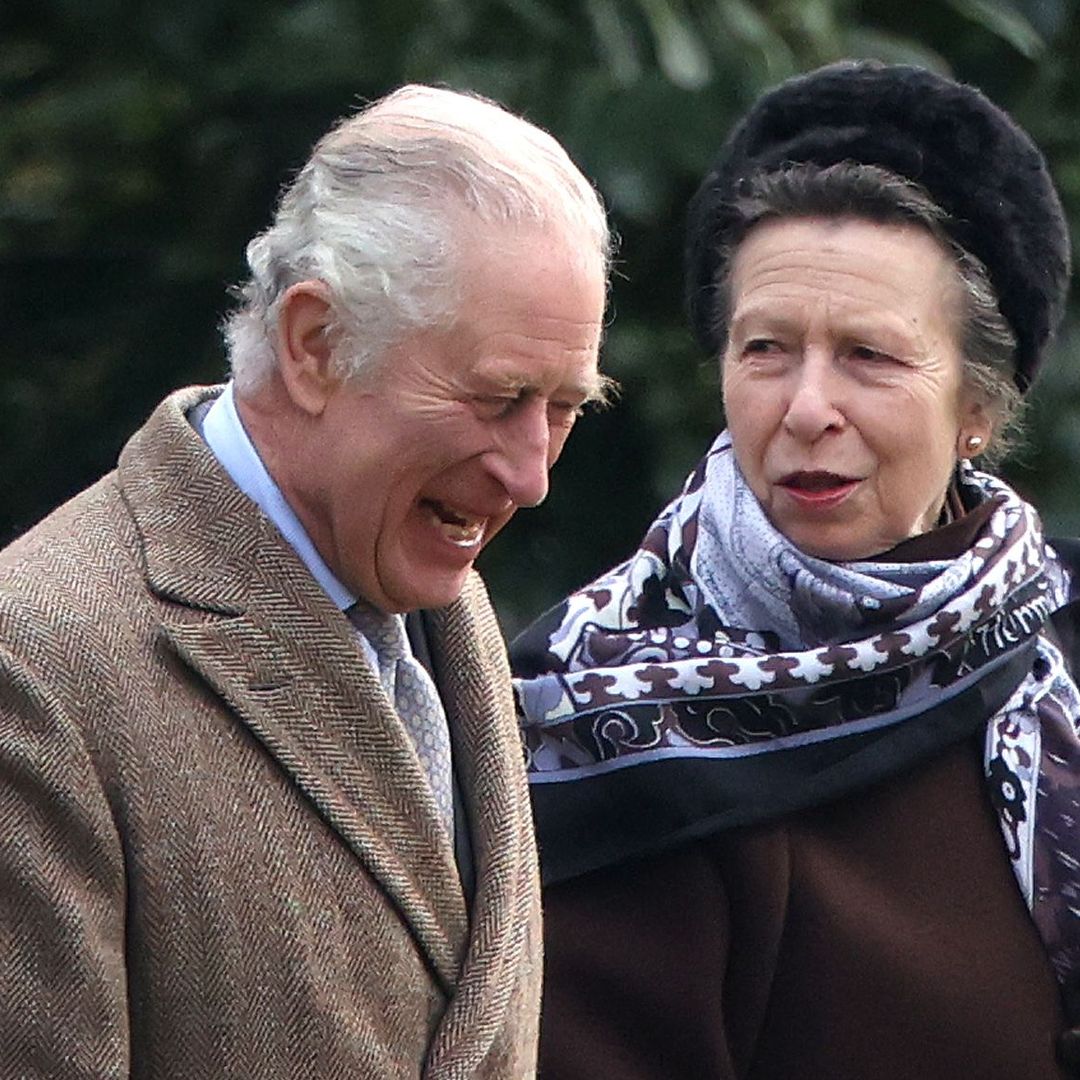He's been by the Queen's side for over 60 years, always a step behind her, supporting her with his wise counsel or lightening the mood with his characteristic levity. As her consort, the Duke of Edinburgh is admired in many walks of life, in spite of his adherence to old-world standards and values - or perhaps because of it.
But how much do you know about the background and interests of this Prince among men, who turned 90 on June 10?
The facts of a royal life
Birth and naturalisation - He was born Prince Philip of Greece at his family home in Corfu, on June 10, 1921. His parents were Prince Andrew of Greece and Princess Alice of Battenberg. His paternal grandfather had been Prince William of Denmark until he was elected to be King George I of Greece by the country's Assembly after the original king was deposed. The Duke renounced his Greek royal title in 1947 and became a naturalised British subject following his service in the Royal Navy.
Wartime Service - He saw action off the Libyan coast and in Malta and took part in the 1941 nighttime Battle of Matapan against the Italian Navy, for which he was awarded the Greek War Cross of Valour. Road trip in Asia - While stationed in Sri Lanka then Ceylon, the Duke bought a second-hand Standard 8 car in Colombo and drove himself to his post in Trincomalee and back.
Romantic - For their wedding in 1947, the Prince presented the Queen with a bracelet he had designed himself, using stones that came from a tiara owned by his mother.
Author - Largely as a result of being asked to give so many speeches, the Duke has been responsible for a number of books, on topics such as wildlife and the environment, Christianity and carriage racing.
Twitcher - Travelling on the royal yacht HMY Britannia back from the Melbourne Olympics, the Duke became a ‘twitcher’ or birdwatcher as he had unparalleled opportunities to observe and photograph birds flying around the vessel in the South Pacific and South Atlantic Oceans.
TV star - He was the first royal to become involved in television programmes. In May 1957, he presented a BBC report about his four-and-a-half-month tour of the Commonwealth.
Tiddlywinks - The Duke designed a ‘Silver Wink’ trophy which, since 1961, has been presented to the winning team of the inter-University Tiddlywinks Championship. This arose when students at Cambridge challenged him to a tiddlywinks match.
Standard - The Duke’s Standard consists of four quarters; the three lions and hearts from the Danish Royal coat of arms; the white cross on a blue background from the Greek national flag; the black and white stripes from the Battenberg coat of arms; and Edinburgh Castle from the City of Edinburgh’s coat of arms.









